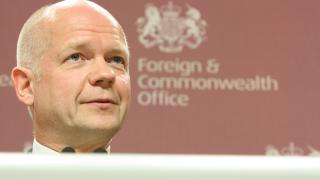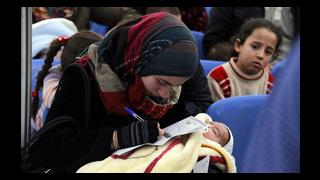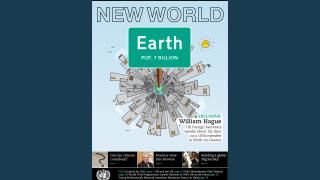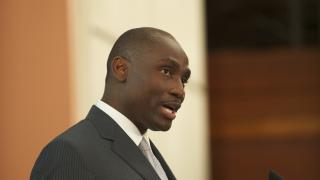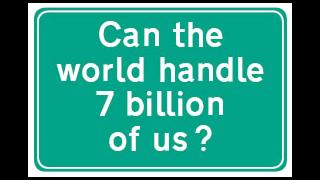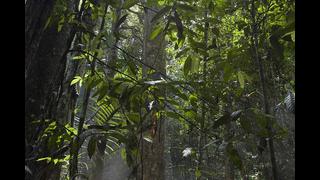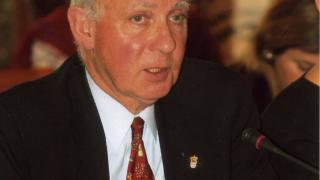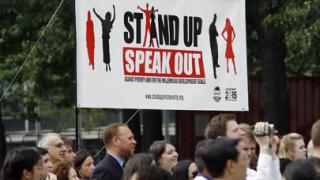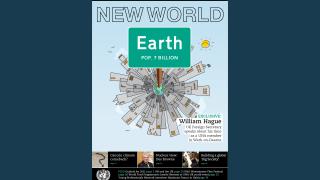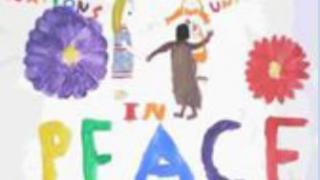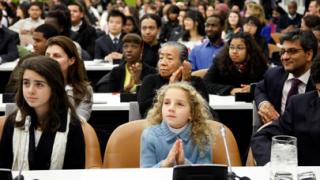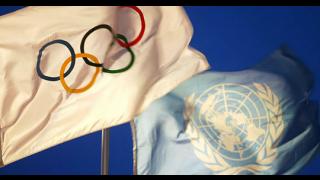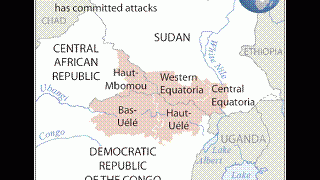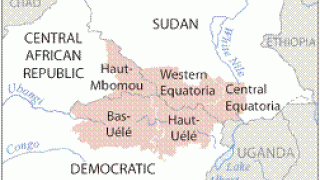
One of the world’s most notorious militia groups, the Ugandan Lord’s Resistance Army (LRA), is coming under increasing pressure from an unexpected source – the President of the United States. The Obama administration is seeking more finance to help combat the brutal militia group. A strategy document sent to Congress on 24 November 2010 states that “without additional funding, eliminating the LRA threat will remain elusive.”
The LRA, led by Joseph Kony, became established in northern Uganda in the 1980s where it wrought havoc against the Acholi people, the very group it claimed to be protecting from political marginalisation by the Ugandan government. In fact, the LRA was largely responsible for creating a situation where over 90% of the people in northern states such as Kitgum and Gulu were forced to live in refugee camps – so-called ‘protected villages’ – until recently.
In 2005, the International Criminal Court (ICC) issued warrants of arrest for the top LRA leaders, including Kony, the group’s Chairman and Commander; Vincent Otti, the Vice Chairman and second in command; Okot Odhiambo, LRA Army Commander; Raska Lukwiya (who was later killed in battle), LRA Deputy Army Commander; and Dominic Ongwen, LRA Brigade Commander. All have been named in numerous counts of crimes against humanity and war crimes including enslavement, sexual slavery, rape, murder, intentionally directing an attack against the civilian population, enlisting children and pillaging.
Recent Ugandan military offensives, have largely dispersed the LRA, which having been pushed out of northern Uganda, is now active in the border areas of southern Sudan, eastern parts of the Central African Republic and in the northern edges of the Democratic Republic of Congo (DRC), where it has carried out hundreds of brutal attacks against civilians.
Since 2008, the US has provided more than $23 million in logistical and intelligence support to the Ugandan army. Obama’s strategy document comes six months after the US Congress passed the Lord's Resistance Army Disarmament and Northern Uganda Recovery Act, which supports the protection of civilians from the LRA while promoting the recovery process in the worst-affected provinces of northern Ugandan. It sets out a four-point plan in a letter to the US Senators and Representatives, stating that he would aim to protect civilians; apprehend and remove from the battlefield Mr Kony and his commanders; promote the defection or disarmament of LRA fighters and finally, increase humanitarian assistance to people in LRA-affected areas.
As 19 aid groups highlighted on 14 December 2010, the provision of US support to civilians in the three countries in question may prove crucial in averting a third consecutive year of massacres by LRA rebels in central Africa in the run up to Christmas. The group also called upon the UN Security Council to set up an expert panel to address the threat of the LRA. The Security Council, in a presidential statement given specifically on the situation in the Central African Republic on the same day, condemned, “all attacks by local and foreign armed groups that threaten the population as well as peace and stability.”
Coming shortly after Baroness Amos, the UN’s humanitarian chief, called for better protection of civilians in southern Suden where thousands of people have abandoned their homes as a result of the LRA threat, Obama’s letter, together with continuing pressure from the ICC, is considered not only a blow to the LRA but a sign of support for the Responsibility to Protect (R2P) doctrine, which was endorsed by UN Member States at the 2005 World Summit.
James Kearney is Peace & Security Programme Coordinator at the UN Association of the UK

